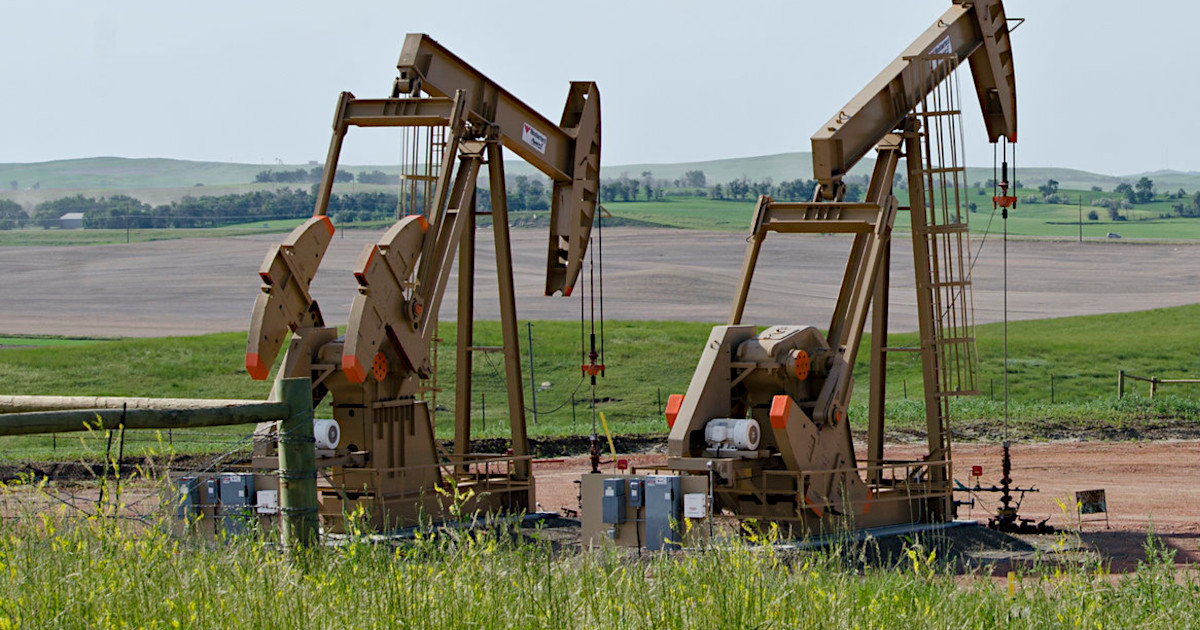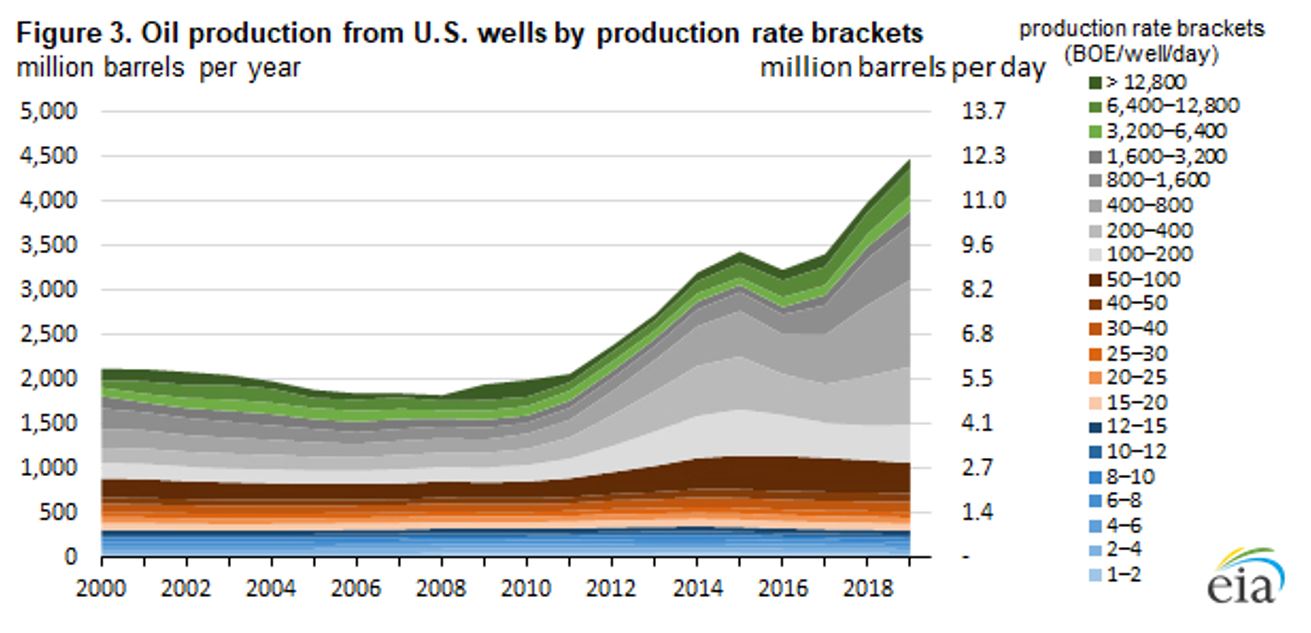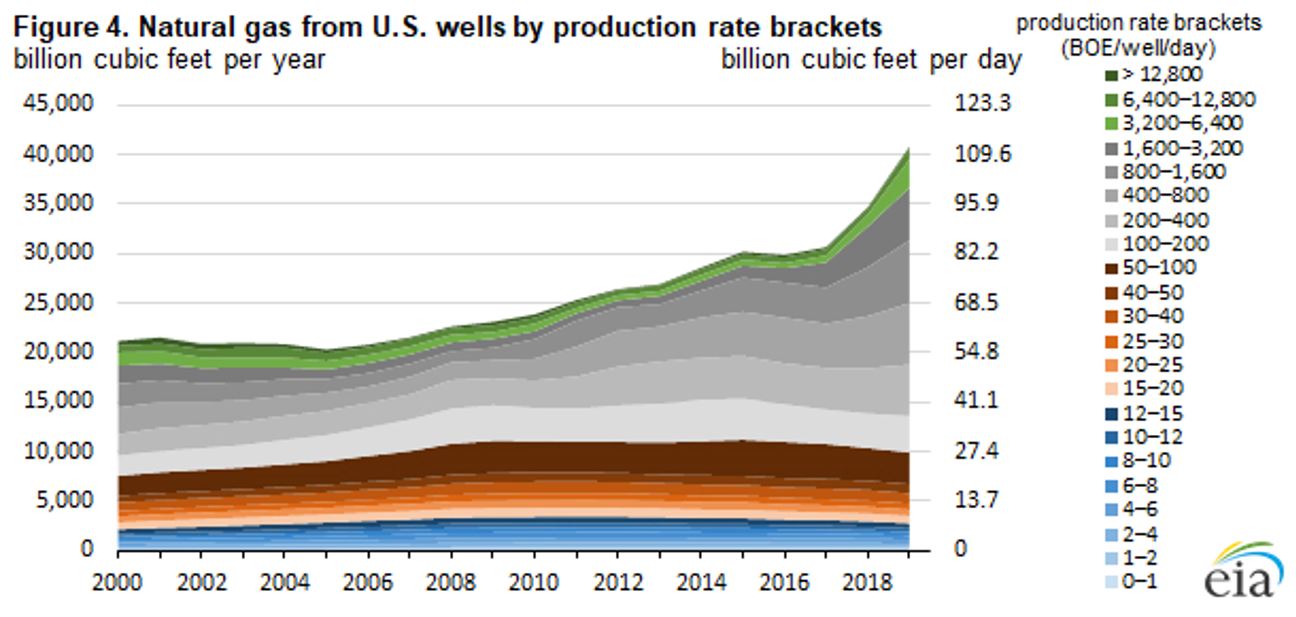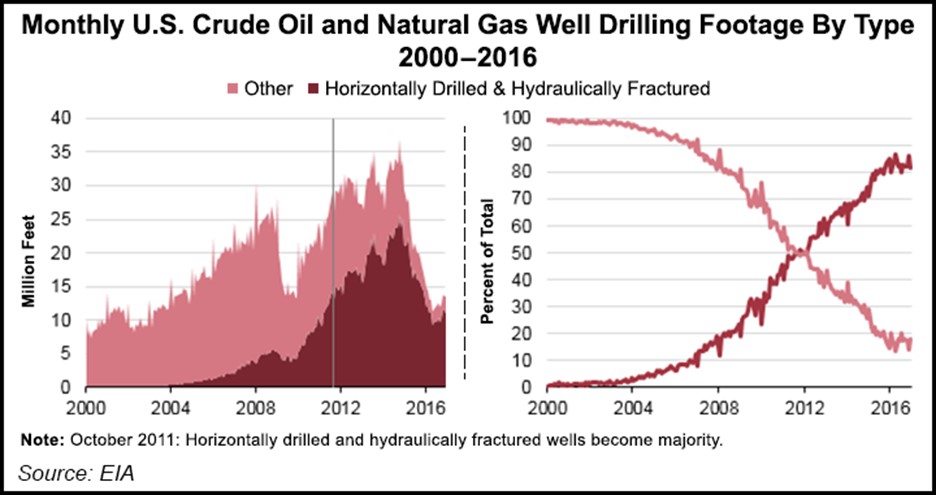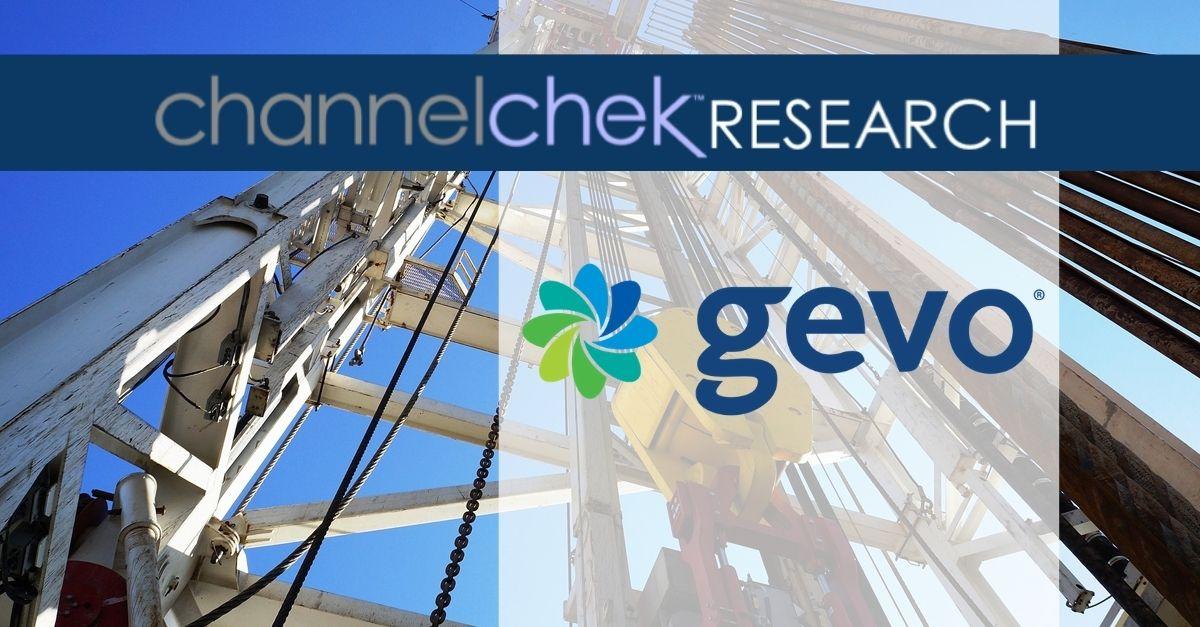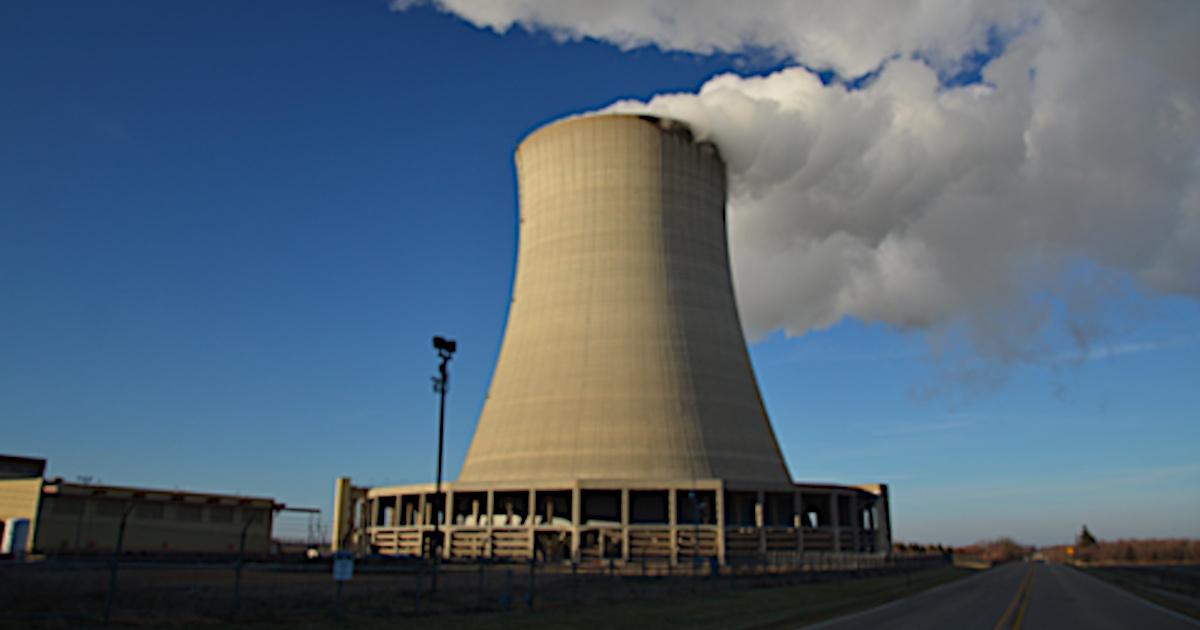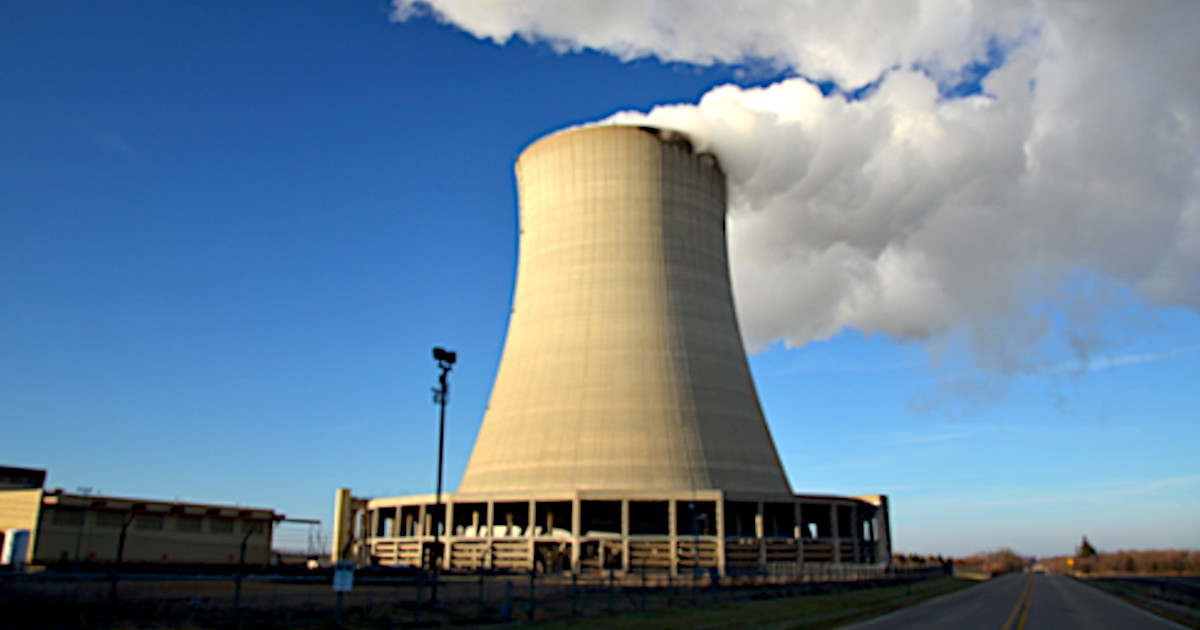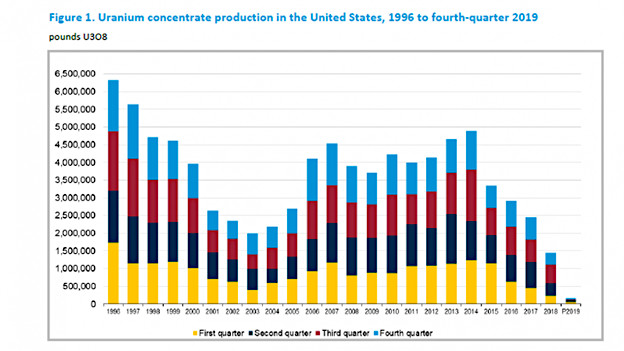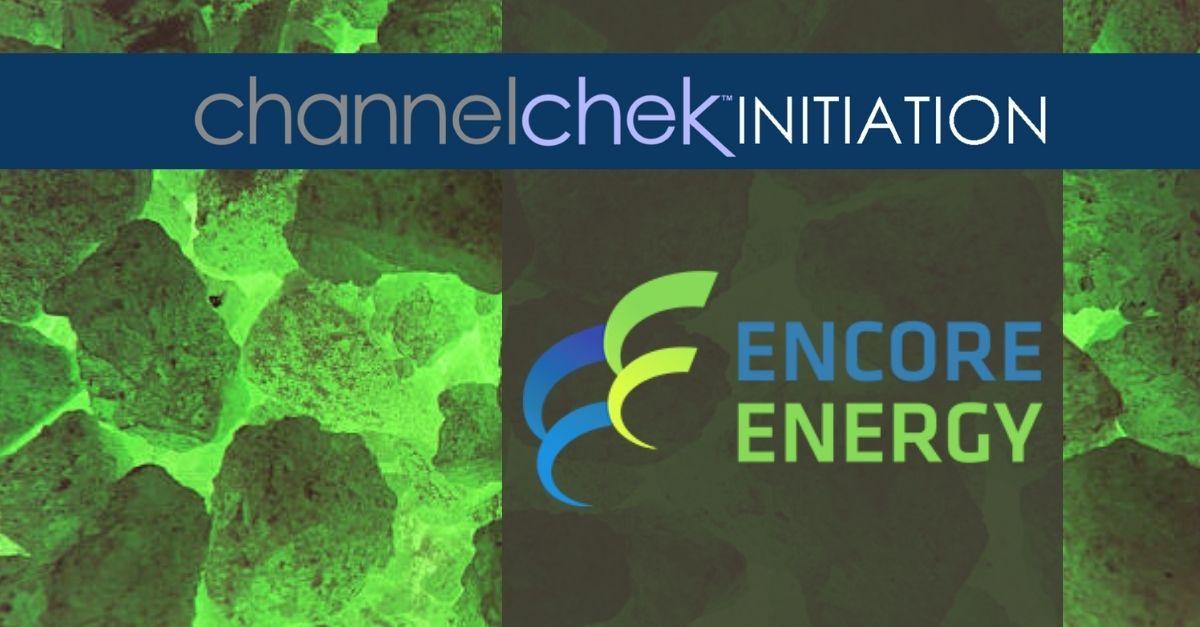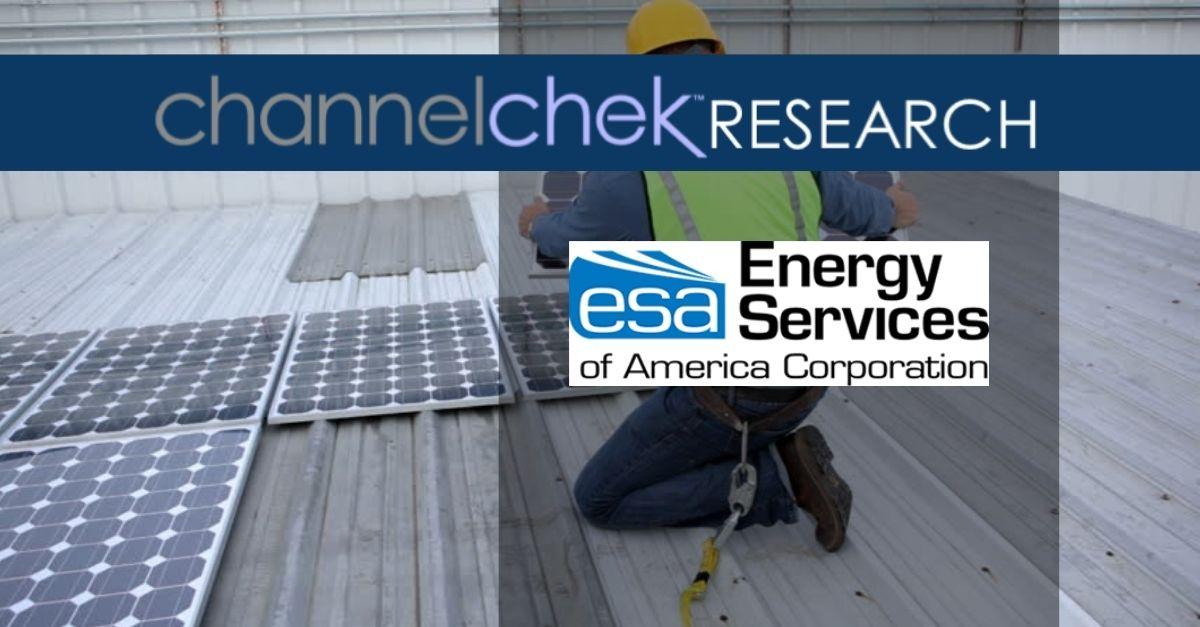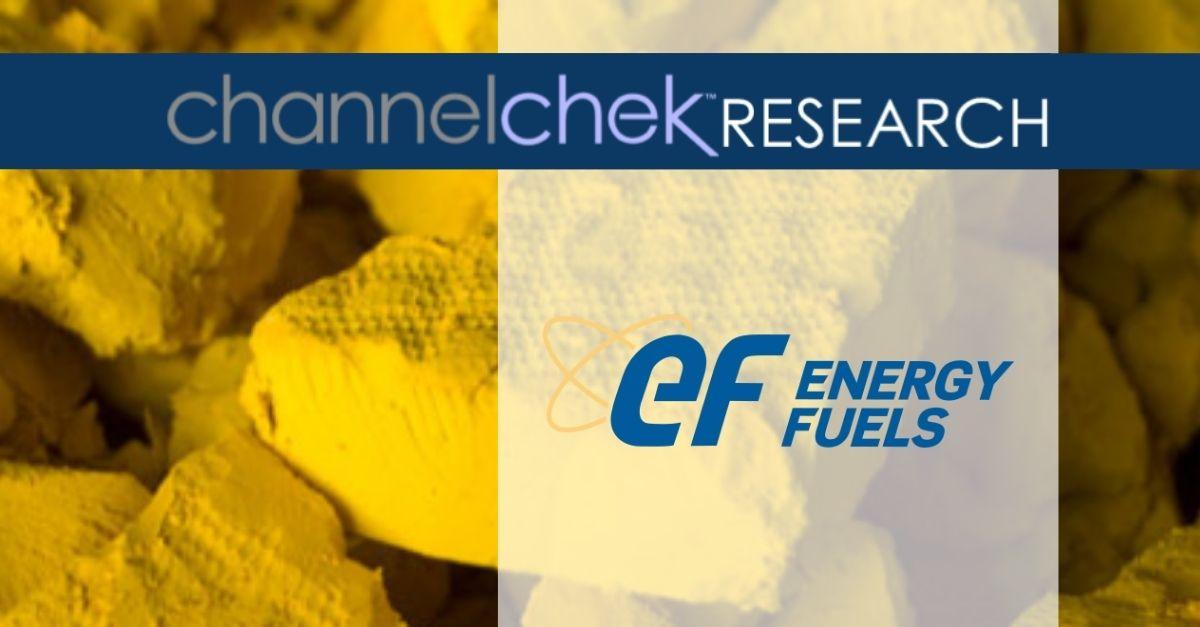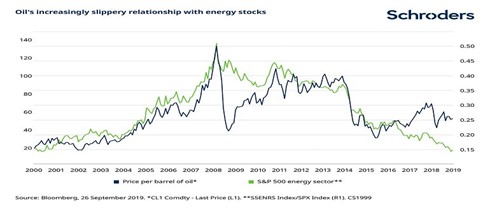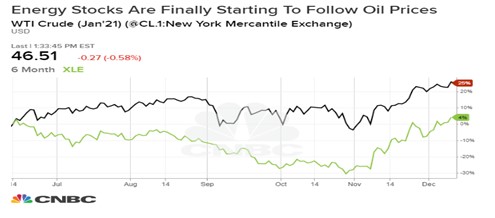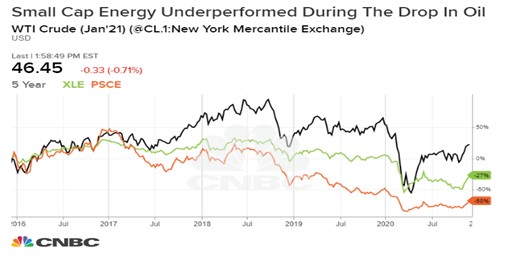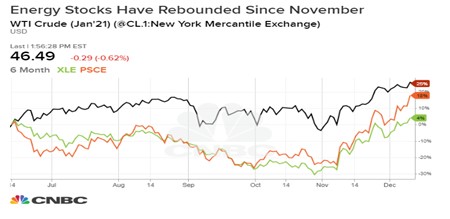
Environmental and Social Responsibility Key Priorities for Energy Fuels; Sustainability Report Now Available on Company Website
LAKEWOOD, Colo., Dec. 21, 2020 /CNW/ – Energy Fuels Inc. (NYSE American: UUUU) (TSX: EFR) (“Energy Fuels” or the “Company”) is pleased to announce it has published its Sustainability Report, along with its Climate Change Policy, Human Rights Policy and Vendor Code of Conduct, which together with its other policies describe the Company’s ongoing commitment to the environment, worker health, public safety and social responsibility, including its important role in combating global climate change through producing and recycling carbon-free energy resources. Each of these documents is publicly available on the Company’s website at the following links:
Sustainability Report
Climate Change Policy, Human Rights Policy, Vendor Code of Conduct and other Policies
Through the Sustainability Report, the Company shares the key efforts, initiatives and factors that guide the Company in all aspects of its business. These documents highlight the Company’s unwavering commitment to sustainability and social responsibility. The Sustainability Report highlights:
- The Company’s commitment to health, safety and environmental responsibility;
- How the Company addresses global climate change and reduces air pollution through the production of uranium, the largest source of carbon-free energy in the world;
- Additional contributions the Company makes to clean energy through its vanadium production and upcoming rare earth production;
- How the Company preserves global resources, reduces carbon emissions and helps address global climate change through its industry-leading recycling programs;
- The Company’s contributions to the communities in which it operates;
- An overview of the Company’s comprehensive regulatory framework, which ensures the protection of public health, safety and the environment at the highest global standards;
- The world-class reclamation standards that apply to the Company’s assets;
- The Company’s pledge to help address the Cold War legacy of uranium mining; and
- The Company’s commitment to human rights and corporate and social responsibility.
Mark S. Chalmers, President and CEO of Energy Fuels stated: “Energy Fuels might be the best untold clean energy and sustainability story in the U.S. today. We believe our recently published Sustainability Report tells this story, along with our commitments to human rights and corporate and social responsibility. We are proud of the growing roles we play in helping address global climate change, reducing air pollution, making clean energy technologies possible, and working to make the world a healthier and cleaner place.”
Energy Fuels is a uranium and vanadium mining, and rare earth element (“REE”) processing, company operating in the western United States dedicated to sustainability through corporate, environmental and social responsibility. The Company is also a global model for responsible mining and recycling. The materials that Energy Fuels responsibly produces and recycles are helping to address some of the most daunting health and environmental issues facing the world today: air pollution and climate change.
Uranium, Vanadium & Rare Earth Elements
Uranium is the fuel for carbon-free, emission-free baseload nuclear power – one of the cleanest forms of energy in the world. Vanadium, which today is mainly used in the steel, aerospace, and chemical industries, is also expected to increase its contribution to environmental sustainability, as next-generation, grid-scale batteries utilizing vanadium are now being commercialized to store energy generated from renewable sources. REEs, which are a group of 17 chemical elements, are the building-blocks for a wide array of clean energy and advanced technologies, including wind turbines, electric vehicles, cell phones, computers, flat panel displays, advanced optics, catalysts, medicine, and national defense applications.
Uranium & Vanadium Recycling
Energy Fuels is also committed to environmental responsibility through its industry-leading recycling programs. The Company recycles uranium-bearing material for the extraction of uranium at its White Mesa Mill in Utah that would otherwise be lost to direct disposal. This includes material from other metal mining and processing, the uranium conversion process, and other sources. The Company has also recently recycled high-purity vanadium from its tailings facilities. The Company believes it is important to recycle and reuse as much material as possible in order to reduce the need for more mining of the world’s finite resources.
Over its history, the Mill has recycled over six (6) million pounds of uranium and over 1.8 million pounds of high-purity vanadium product, all of which would otherwise have been lost to direct disposal. That amount of recycled uranium, after being converted to nuclear fuel, would:
- Eliminate over 85 million tons of CO2 emissions compared to coal, or the same amount of annual emissions as 18 million passenger vehicles or about one and a half times the annual CO2 emissions from the entire country of Sweden;
- Produce as much electricity as approximately 50 million tons of coal, or enough to fill a coal train that extends from Los Angeles to New York City and almost all of the way back; and
- Produce as much electricity as about 24,500 wind turbines annually, representing almost half of the 60,000 wind turbines in the U.S. in 2019.
The 1.8 million pounds of vanadium Energy Fuels has recycled would produce enough vanadium for the steel girders needed to build four and a half Golden Gate Bridges.
All of this from just one company. We are not aware of any other mining company that can cite these types of recycling accomplishments and their direct impacts on combating global climate change.
Addressing the Cold War Legacy of Uranium Mining
In addition, the Company seeks out opportunities to help address the adverse environmental and health impacts caused by historic Cold War era uranium mining practices. The Mill is currently recycling clean-up material from a closed uranium mine in northwest New Mexico and recovering the contained uranium which will be used for the generation of clean, carbon-free nuclear energy. The Company is also seeking to assist in the clean-up of abandoned, government-sponsored Cold War era uranium mines across the Navajo Nation and Four Corners area of the United States, which continue to cause environmental issues today. We are proud of our ability to play a part in cleaning up these legacy Cold War era sites in the U.S. and returning the environment to the strict standards required today.
Excellent Record of Environmental & Regulatory Compliance
The Company performs all of these beneficial activities in accordance with and, when possible, to a stricter standard than, all applicable laws and regulations. The U.S. leads the world in rigorous laws, regulations and other requirements that mandate responsible exploration, construction, extraction, recovery, processing, exports, labor standards, occupational health and safety, transportation, waste disposal, protection and remediation of the environment, protection of species, toxic and hazardous substances, and other key environmental and health matters. Energy Fuels’ record in these areas is exceptional.
Social Responsibility
Energy Fuels also contributes meaningfully to the communities in which it operates, helping to provide many social and economic benefits in rural and underserved areas of the United States, including jobs to local workforces, contributions to local taxes that fund schools, hospitals and roads, and economic development for those communities. Approximately half of the Company’s employees at its White Mesa Mill are Native American.
Mr. Chalmers continued: “For decades, we have integrated environmental and social pillars into every facet of our business. I have worked all over the world, and I can affirmatively say that the U.S. produces the raw materials needed for a modern, clean society more responsibly than anywhere else I’ve seen. I am proud of the work we are doing at Energy Fuels to bring about a new era of responsible, socially-focused critical mineral mining, milling and recycling in the U.S.
“It is also my hope that our burgeoning rare earth business will provide significant opportunities for the Four Corners area of the United States. If we are successful in producing a mixed rare earth concentrate and uranium from natural monazite ore, we hope to grow this business to the point that we are able to help create a fully-integrated U.S. REE supply chain. With investment and jobs flowing into this region, which is one of the poorest in the U.S., there will be multiple opportunities to address numerous pressing needs. We hope to be a part of the solution to these needs.
“Finally, it is past time for the U.S. government to address the Cold War legacy of abandoned uranium mines on the Navajo Nation. Energy Fuels is aggressively urging the U.S. government to live up to its obligations to the Navajo People and start cleanups now. There is ample money available, and our White Mesa Mill can receive and recycle clean-up material versus having it buried onsite on tribal lands, an option that may not be available for many years, if ever. This would also be a wonderful job and economic development opportunity for the Navajo. I have lived and worked with the Navajo and other Indigenous Peoples around the world throughout my career, and I have great respect for their unique and varied traditions, cultural identities and use of the land and natural resources to sustain and nurture both life and spirit. It would be a great personal and professional triumph to help reverse the Cold War legacy of uranium mining on the Navajo Nation.”
About Energy Fuels: Energy Fuels is a leading U.S.-based uranium mining company, supplying U3O8 to major nuclear utilities. The Company also produces vanadium from certain of its projects, as market conditions warrant, and anticipates commencing commercial production of rare earth element (“REE”) carbonate in 2021. Its corporate offices are in Lakewood, Colorado, near Denver, and all of its assets and employees are in the United States. Energy Fuels holds three of America’s key uranium production centers: the White Mesa Mill in Utah, the Nichols Ranch in-situ recovery (“ISR”) Project in Wyoming, and the Alta Mesa ISR Project in Texas. The White Mesa Mill is the only conventional uranium mill operating in the U.S. today, has a licensed capacity of over 8 million pounds of U3O8 per year, has the ability to produce vanadium when market conditions warrant, and is completing final test-work for the production of REE carbonate from various uranium-bearing ores. The Nichols Ranch ISR Project is on standby and has a licensed capacity of 2 million pounds of U3O8 per year. The Alta Mesa ISR Project is also on standby and has a licensed capacity of 1.5 million pounds of U3O8 per year. In addition to the above production facilities, Energy Fuels also has one of the largest NI 43-101 compliant uranium resource portfolios in the U.S. and several uranium and uranium/vanadium mining projects on standby and in various stages of permitting and development. The primary trading market for Energy Fuels’ common shares is the NYSE American under the trading symbol “UUUU,” and the Company’s common shares are also listed on the Toronto Stock Exchange under the trading symbol “EFR.” Energy Fuels’ website is www.energyfuels.com.
Cautionary Note Regarding Forward-Looking Statements: This news release contains certain “Forward Looking Information” and “Forward Looking Statements” within the meaning of applicable securities legislation, which may include, but is not limited to, statements with respect to: the Company being a leading producer of uranium in the U.S.; any expectation that the Company is able to produce REE carbonate from uranium-bearing ores or that the Company will commence commercial production of REE carbonate in 2021 or at all; any expectation that the Company’s REE project may, in time, result in among the lowest cost REE production in the western world; any expectation that the Company will be successful in acquiring additional supplies of monazite, or will be successful in processing other types of REE- and uranium bearing ores at the White Mesa Mill; any expectation that the Company will be successful in achieving its goal of processing 15,000+ tons of monazite and other sources of ore per year; any expectation that the Company will be able to sell some or all of its REE carbonate to buyers in Europe and/or Asia until a REE separation facility is established in the United States; any expectation that the Company may potentially perform separation, and other downstream REE activities including metal-making and alloying, in the future at the White Mesa Mill or elsewhere in the United States; any expectation that the Company will be successful in helping the EPA and Navajo Nation address historic abandoned uranium mines; any expectation that the Company will significantly increase the number of green jobs it is providing at the White Mesa Mill; and any other statements regarding Energy Fuels’ future expectations, beliefs, goals or prospects; constitute forward-looking information within the meaning of applicable securities legislation (collectively, “forward-looking statements”). All statements in this news release that are not statements of historical fact (including statements containing the words “expects,” “does not expect,” “plans,” “anticipates,” “does not anticipate,” “believes,” “intends,” “estimates,” “projects,” “potential,” “scheduled,” “forecast,” “budget” and similar expressions) should be considered forward-looking statements. All such forward-looking statements are subject to important risk factors and uncertainties, many of which are beyond Energy Fuels’ ability to control or predict. A number of important factors could cause actual results or events to differ materially from those indicated or implied by such forward-looking statements, including without limitation factors relating to: the Company being a leading producer of uranium in the U.S.; any expectation that the Company is able to produce REE carbonate from uranium-bearing ores or that the Company will commence commercial production of REE carbonate in 2021 or at all; any expectation that the Company’s REE project may, in time, result in among the lowest cost REE production in the western world; any expectation that the Company will be successful in acquiring additional supplies of monazite, or will be successful in processing other types of REE- and uranium bearing ores at the White Mesa Mill; any expectation that the Company will be successful in achieving its goal of processing 15,000+ tons of monazite and other sources of ore per year; any expectation that the Company will be able to sell some or all of its REE carbonate to buyers in Europe and/or Asia until a REE separation facility is established in the United States; any expectation that the Company may potentially perform separation, and other downstream REE activities including metal-making and alloying, in the future at the White Mesa Mill or elsewhere in the United States; any expectation that the Company will be successful in helping the EPA and Navajo Nation address historic abandoned uranium mines; any expectation that the Company will significantly increase the number of green jobs it is providing at the White Mesa Mill; and the other risk factors as described in Energy Fuels’ most recent annual report on Form 10-K and quarterly financial reports. Energy Fuels assumes no obligation to update the information in this communication, except as otherwise required by law. Additional information identifying risks and uncertainties is contained in Energy Fuels’ filings with the various securities commissions, which are available online at www.sec.gov and www.sedar.com. Forward-looking statements are provided for the purpose of providing information about the current expectations, beliefs and plans of the management of Energy Fuels relating to the future. Readers are cautioned that such statements may not be appropriate for other purposes. Readers are also cautioned not to place undue reliance on these forward-looking statements, that speak only as of the date hereof.
SOURCE Energy Fuels Inc.
For further information: Investor Inquiries: Energy Fuels Inc.: Curtis Moore, VP – Marketing and Corporate Development, (303) 974-2140 or Toll free: (888) 864-2125, investorinfo@energyfuels.com; www.energyfuels.com




